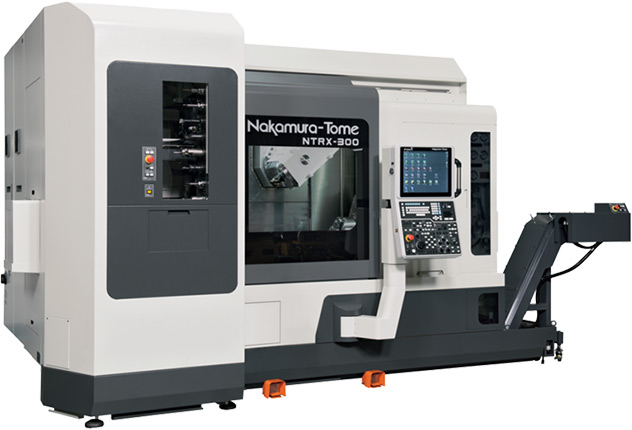r134a with hose
Understanding R134a Refrigerant and Its Use with Hoses
Refrigerants play a crucial role in modern cooling systems, especially in automotive air conditioning. One of the most commonly used refrigerants today is R134a, a compound that has significantly shaped how we approach refrigeration and air conditioning in vehicles and other applications. Understanding R134a, especially in the context of its use with hoses, is essential for anyone involved in the maintenance and repair of cooling systems.
What is R134a?
R134a, or tetrafluoroethane, is a hydrofluorocarbon (HFC) compound that was introduced as a replacement for R12, which was phased out due to its ozone-depleting properties. R134a is non-toxic, non-flammable, and has a lower global warming potential than some other refrigerants, making it a preferable choice for manufacturers and service providers alike.
The molecular formula for R134a is C2H2F4, and it features a boiling point of approximately -26.3 °C (-15.3 °F). These properties make R134a efficient at absorbing heat from the environment, which is essential for cooling applications. Due to its favorable characteristics, R134a has become the standard refrigerant in many automotive air conditioning systems since the 1990s.
The Importance of Hoses in Refrigeration Systems
Hoses are integral components of any refrigeration system, including those that use R134a. They serve as conduits for the refrigerant, allowing it to flow between various parts of the system, such as the compressor, condenser, evaporator, and expansion valve. The quality and condition of these hoses are crucial for the efficient operation of the cooling system.
There are several types of hoses used in an R134a system, including high-pressure hoses, low-pressure hoses, and service hoses. High-pressure hoses carry refrigerant in its gaseous form from the compressor to the condenser, where it cools and condenses into a liquid. Low-pressure hoses transport the refrigerant from the evaporator back to the compressor. Service hoses are used for maintenance and servicing, allowing technicians to add or reclaim refrigerant as necessary.
r134a with hose

Compatibility and Maintenance
When working with R134a and hoses, compatibility and maintenance are paramount. Various materials are used in the construction of hoses, and it's essential that these materials can withstand the pressures and temperatures involved in refrigerant systems. Hoses must be resistant to chemical degradation and should not allow refrigerant to leak. Common materials include rubber, thermoplastics, and reinforced fabrics designed to handle high pressures.
Regular inspection and maintenance of hoses are critical to prevent leaks, which can degrade system efficiency and lead to costly repairs. Technicians should look for signs of wear, such as cracks, bulges, or swelling, and replace any hoses that show signs of damage. Proper installation and securing of hoses are also essential to avoid accidental disconnects and leaks.
Environmental Considerations
While R134a provides a more environmentally friendly alternative to R12, it is still subject to regulations concerning its use due to its global warming potential. The automotive and refrigeration industries are moving toward even more eco-friendly alternatives, such as R1234yf, which has a significantly lower impact on climate change. However, R134a is still widely used, and understanding its properties and how to maintain systems using it is vital for technicians.
Conclusion
R134a continues to play a significant role in automotive and refrigeration applications, and its interactions with hoses are critical to the effectiveness and efficiency of cooling systems. Knowledge of R134a, along with the maintenance and care of hoses, is essential for anyone involved in this field. As the industry evolves, evolving regulations and technological advancements will shape the future of refrigerants, but for now, R134a remains a widely recognized and utilized refrigerant. Therefore, mastering the intricacies related to R134a and hoses not only enhances system performance but also contributes to a more sustainable future in refrigeration and air conditioning.
-
Ultimate Spiral Protection for Hoses & CablesNewsJun.26,2025
-
The Ultimate Quick-Connect Solutions for Every NeedNewsJun.26,2025
-
SAE J1401 Brake Hose: Reliable Choice for Safe BrakingNewsJun.26,2025
-
Reliable J2064 A/C Hoses for Real-World Cooling NeedsNewsJun.26,2025
-
Heavy-Duty Sewer Jetting Hoses Built to LastNewsJun.26,2025
-
Fix Power Steering Tube Leaks Fast – Durable & Affordable SolutionNewsJun.26,2025

